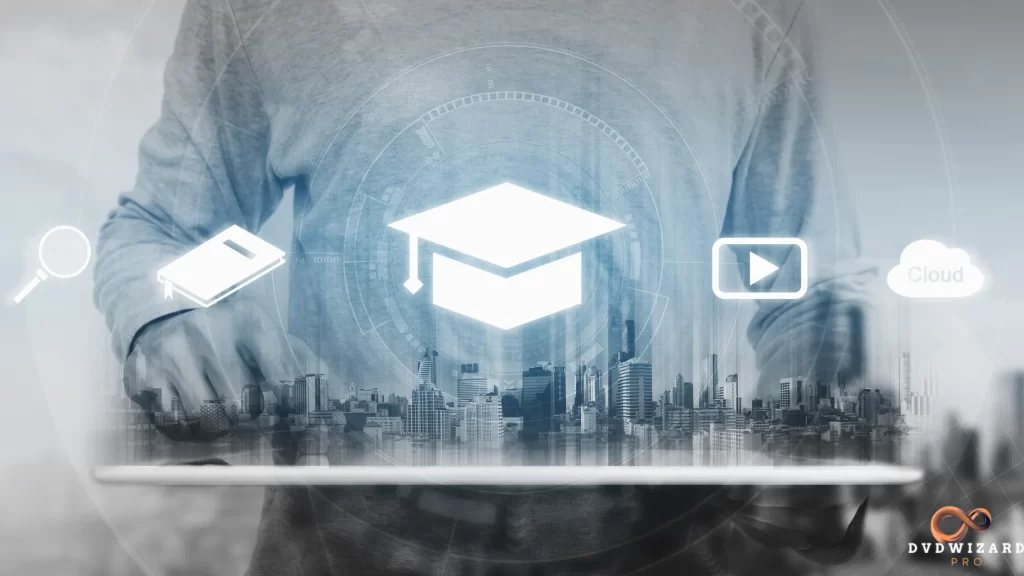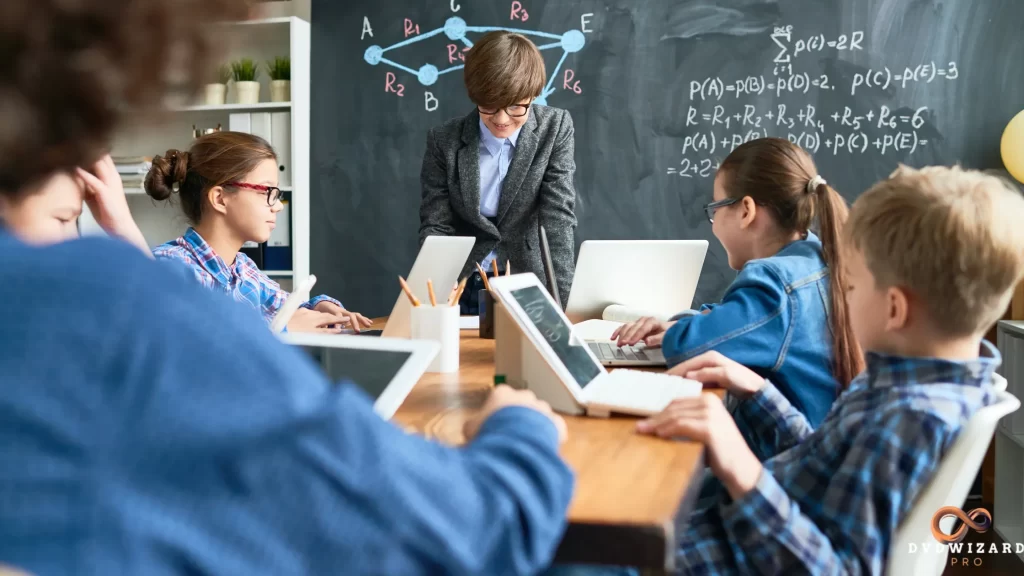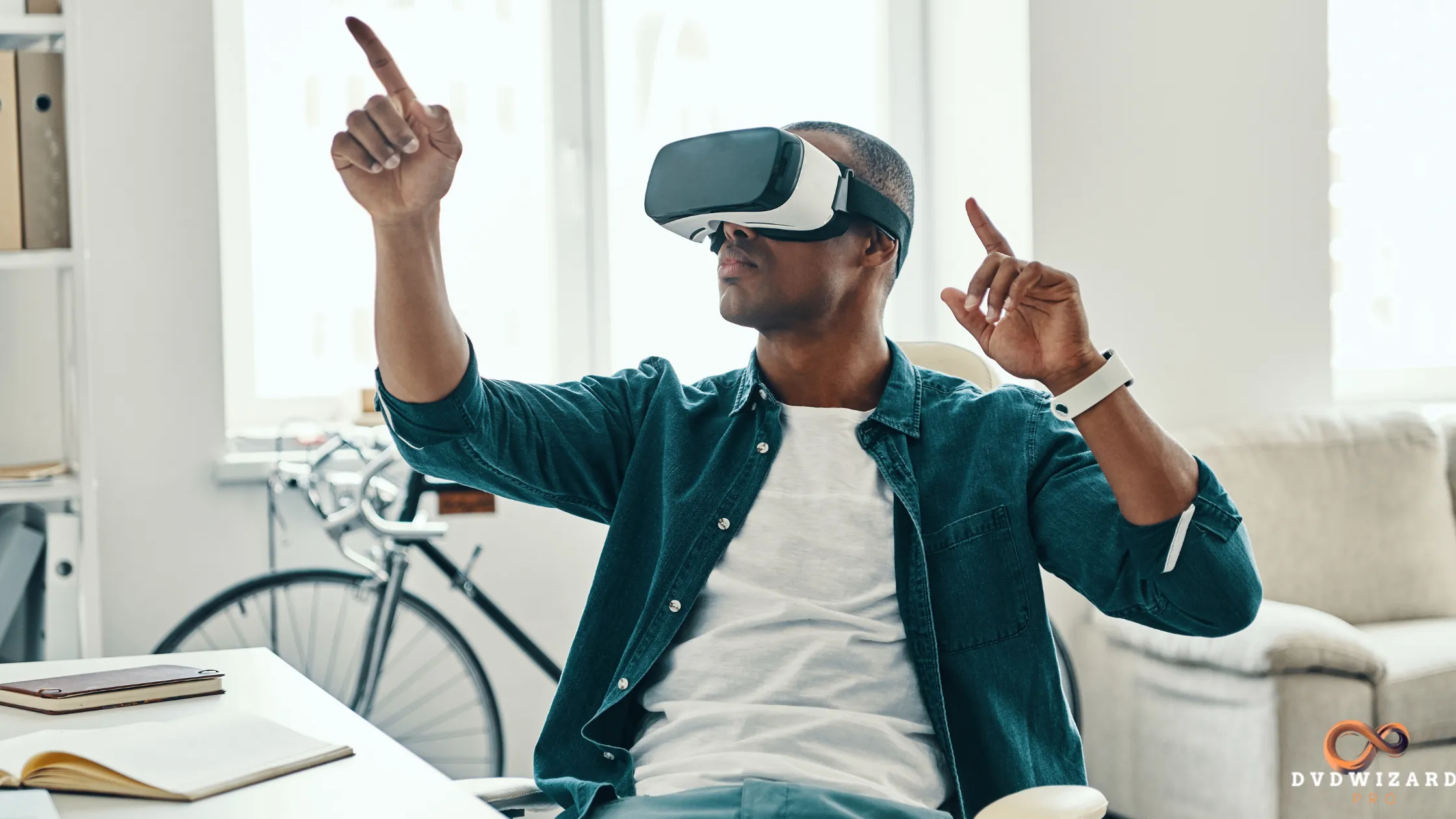Table of Contents
Education is evolving rapidly, thanks to innovations in technology that are reshaping the way learning happens. From personalized learning paths to immersive virtual classrooms, cutting-edge resources for education are making education more accessible, engaging, and efficient.
This article explores how various technologies, such as artificial intelligence (AI), mobile learning, gamification, and the Internet of Things (IoT), transform education and enhance the learning experience.
The Importance of Innovation in Education
Why Innovation Matters in Education
Innovation lies at the heart of modern education. In today’s fast-paced world, both learners and professionals must stay ahead, making the use of cutting-edge resources for education essential to achieving better learning outcomes.
Technology in education not only makes learning engaging but also enables personalized learning experiences, allowing students to tailor their education to meet their unique needs.
The Role of Technology in Shaping Modern Education
Technology is now essential in education. It includes e-learning platforms, mobile devices, and AI tools. These resources support personalized learning. They help learners access content anytime and anywhere.
This leads to better engagement and higher employee satisfaction. The future of education will use new resources. These will help learners and teachers use technology easily during lessons.
Artificial Intelligence: Revolutionizing Learning
Adaptive Learning Systems Powered by AI
Artificial intelligence (AI) is revolutionizing how educational content is delivered. AI-powered learning platforms are changing education. They provide adaptive solutions that reshape the traditional academic model.
These systems change the learning experience based on how each learner is doing. They provide instant feedback. This helps learners receive content that fits their pace and choices.
Automating Administrative Tasks and Enhancing Efficiency
AI can also help with administrative tasks. It can automate grading, scheduling, and tracking progress. This streamlines workflows for educators and makes education more efficient. Automation cuts down on human mistakes.
This gives more time for personalized teaching and targeted help when needed. Cutting-edge educational resources can greatly enhance teaching and learning. This is a perfect example.
Cognitive AI Tools for Personalized Learning
Cognitive tools powered by AI help learners progress at their own pace. These systems keep checking abilities and challenges. They provide the right content for new hires or trainees wanting to improve their skills.
AI-powered educational resources provide learners with self-directed learning. They also ensure accessibility for students with disabilities. This makes education more inclusive.
Mobile Learning: Accessibility at Your Fingertips

The Rise of Mobile Learning Platforms
Mobile learning has become a vital part of today’s educational landscape. Smartphones and mobile devices are everywhere now. Because of this, you can access learning resources anytime and anywhere. Mobile-friendly learning platforms make education easier for everyone.
This is true for those in remote areas or those who are always on the move. These are great examples of new tools for education. They are changing how and where learning happens.
Enhancing Education Through Mobile Apps
Mobile learning apps boost the learning experience. They provide interactive content, quizzes, and videos. These features help keep learners engaged. Gamified elements in apps help learners track their progress. They also let users reach milestones, making learning fun and effective.
Offline Learning Solutions for Connectivity-Challenged Areas
In places with poor internet access, mobile learning platforms provide offline options. Learners can download content and use resources without needing an internet connection.
This ensures that learners can continue their educational journey regardless of their environment. Offline capabilities are key features of modern educational resources. They help learners stay on track.
Internet of Things (IoT) in Education
How IoT is Enhancing Interactive Learning Environments
The Internet of Things (IoT) has changed classrooms. It makes learning more interactive. IoT uses smart devices linked to the cloud. This lets us monitor learner engagement, performance, and sometimes health metrics in real time.
This data helps improve learning outcomes. It also provides instant feedback to students. This makes IoT an important part of modern educational resources.
IoT-Enabled Smart Classrooms and Learning Spaces
Smart classrooms use IoT devices like sensors, smartboards, and connected tools. This setup makes learning more interactive, responsive, and efficient. These innovations are just a few examples of cutting-edge resources for education.
Real-Time Data and Analytics in Education Through IoT
IoT devices gather real-time data. This helps educators see trends in student performance. The data collected can be analyzed to adjust teaching methods, ensuring that every learner’s needs are met. Combining IoT with learning technologies shows how new tools change old education models.
Virtual and Augmented Reality: Transforming Education

The Power of Immersive Learning with VR and AR
VR and AR are technologies that change education. They offer immersive learning experiences. VR lets learners engage with virtual settings. They can explore the human body’s anatomy or travel back to study history.
AR, on the other hand, overlays digital content onto the physical world, making learning more engaging and interactive. These immersive technologies are prime examples of cutting-edge resources for education.
Gamified Learning Experiences for Deeper Engagement
Incorporating gamification elements into VR and AR platforms has taken learning to the next level. Educators can use game design techniques to create simulations. These allow learners to practice real-world scenarios.
For example, they can conduct experiments or learn to troubleshoot machinery. This hands-on learning boosts engagement and improves outcomes. It shows how new educational tools are changing classroom interactions.
VR/AR in Medical, Engineering, and STEM Education
One of the most exciting applications of VR and AR is in fields such as medicine, engineering, and STEM. Students can virtually dissect a human body. They can conduct engineering experiments or join simulations.
These activities would be impossible in a regular classroom. These immersive experiences help people understand and visualize abstract concepts. They show how advanced resources can improve education and specialization.
Gamification in Education: Engaging Learners Through Play

Key Principles of Gamification in the Classroom
Gamification adds game design elements to learning. This includes points, badges, and leaderboards. This approach motivates learners by rewarding progress and making education fun and interactive.
This principle allows educational platforms to transform routine lessons into exciting learning experiences. These gamified learning tools are considered cutting-edge resources for education.
How Gamification Boosts Motivation and Retention
Gamification enhances learner engagement by turning educational content into a game-like experience. This approach makes learning fun and helps with retention.
Learners are more likely to remember information when it is presented engagingly. Top resources for education, like this one, boost student satisfaction and long-term success.
Successful Examples of Gamified Learning Platforms
Several learning platforms, such as Duolingo and Kahoot!, have successfully implemented gamification. These platforms use points, levels, and challenges to motivate learners and foster a sense of accomplishment.
Gamifying learning helps educators track progress and find areas to improve. These are great examples of cutting-edge resources for education that inspire active participation. Click here read more about Education.
The Future of Education is Here
A Vision for Tomorrow’s Learning Spaces
The future of education is undoubtedly digital. This change makes education easier to access, more inclusive, and more engaging. This is due to new, advanced tools for learning.
Embracing the Evolution of Education Technology
Schools, trainers, and organizations accept new learning technologies to stay ahead. AI-driven learning tools, mobile platforms, and immersive tech will change education. This will reshape learning and boost results for all students. The use of cutting-edge resources for education will be a key driver of this change.

